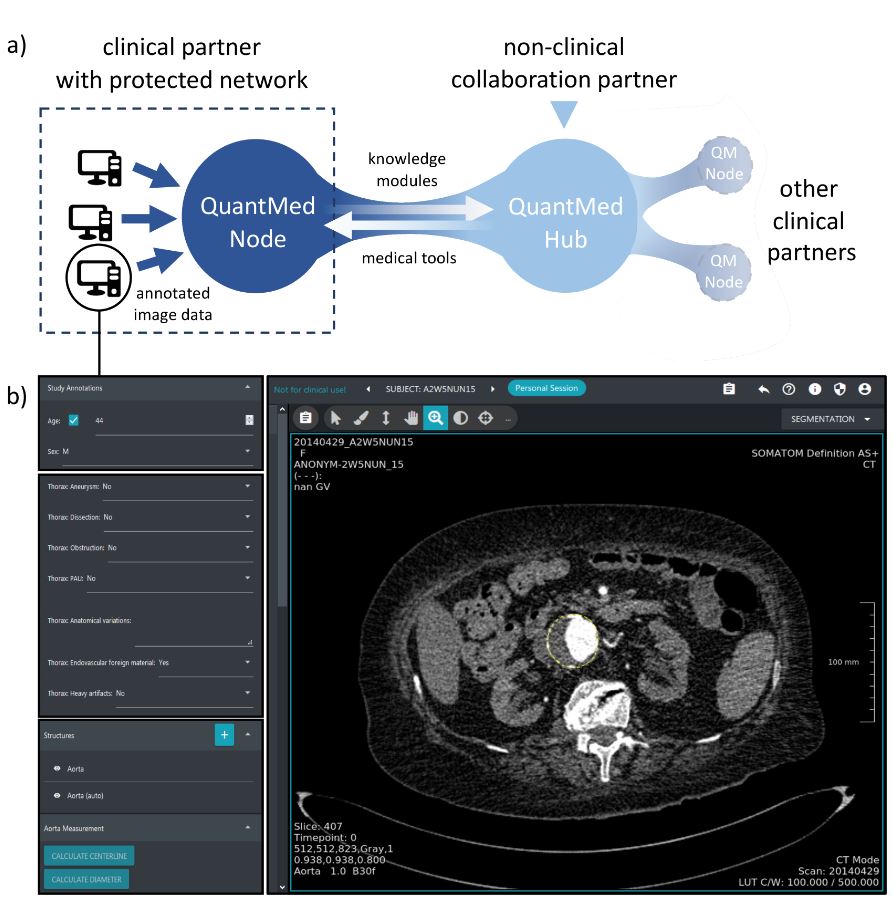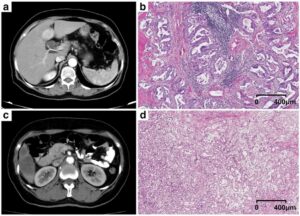Performed between 2015 and 2018, the purpose of this study was to develop and validate a deep learning-based algorithm for the segmentation and quantification of the physiological and diseased aorta in computed tomography (CT) angiographies. The authors were able to determine that automated segmentation of the aorta on CTA data using a deep learning algorithm is feasible and accurate, relating to the quantification of the aortic lumen, even if the vascular architecture is altered by disease.
Key points
- A deep learning-based algorithm can automatically segment the aorta, mostly within acceptable margins of error, even if the vascular architecture is altered by disease.
- Quantifications performed in the segmentations were mostly within clinically acceptable limits, even in pathologically altered segments of the aorta.
Authors: Malte Maria Sieren, Cornelia Widmann, Nick Weiss, Jan Hendrik Moltz, Florian Link, Franz Wegner, Erik Stahlberg, Marco Horn, Thekla Helene Oecherting, Jan Peter Goltz, Joerg Barkhausen & Alex Frydrychowicz













